Dealing with Unexpected Wildlife Encounters: Best Practices for Safety and Prevention
An unexpected animal in your home or yard can be startling and, at times, dangerous. The right response keeps people and pets safe, limits property damage, and helps the animal move on without harm. This guide lays out practical, step-by-step actions for immediate situations, longer-term prevention, and when it’s time to call a professional.
Immediate Safety: What to do the moment you notice an animal
When an animal is active on your property or inside your structure, the first priority is safety.
- Stay calm and keep a safe distance. Fast movements can frighten an animal and escalate the situation.
- Keep people and pets away from the area. Put children and pets inside a secure room and close doors.
- Do not try to handle, feed, or trap the animal unless you have training and proper equipment. Even small animals can bite or scratch when cornered.
- If the animal is inside your living space, contain it if you can do so safely: close interior doors to limit movement and open an exterior door to provide an escape route, but only if the animal is calm and there is a clear path out.
- Note what you observe—time of day, behavior, number of animals, and visible damage—so you can describe the situation clearly to a professional or animal control.
If there is immediate danger (a wild animal acting aggressively, a possible rabies exposure, or someone is bitten), contact emergency services or your local health department right away.
Species-Specific Immediate Tips
Certain animals need particular handling:
- Bats: Avoid direct contact. If you or a family member might have been bitten or exposed, seek medical advice immediately. Do not try to trap bats with bare hands—use a box and gloves only if trained, and call a professional for attic removals and guano cleanup.
- Raccoons: Give them space and do not block their escape routes. Never approach a raccoon that appears disoriented or tame; it could be sick. Secure pets and children indoors.
- Skunks: Move slowly and quietly; loud noises or sudden motion can trigger spraying. If sprayed, ventilate the area and use a peroxide-based deodorizing mixture for fabrics—professional cleanup helps for heavy saturation.
- Squirrels and small mammals: These animals are often in attics. Avoid cornering them; use one-way exits or call a technician for safe attic exclusion.
- Rodents (mice, rats): Avoid touching droppings or nests. Ventilate enclosed areas, wear gloves and a mask when approaching, and disinfect surfaces with appropriate cleaners. Consider professional cleanup for heavy infestations.
Protecting People and Pets from Health Risks
Wild animals and their droppings can carry pathogens. Take precautions:
- Avoid direct contact with droppings, nesting materials, or carcasses. Use gloves and a respirator when necessary.
- For bat guano or heavy rodent contamination, consider professional decontamination—these materials can harbor airborne spores and bacteria.
- If anyone is bitten or scratched by a wild animal, wash the wound and seek medical care immediately; report the incident to public health authorities for rabies assessment.
Short-Term Containment & De-escalation Tactics
If an animal is trapped inside:
- Close interior doors to confine it to one room and remove pets from the area.
- Open an exterior door or window that leads outside, but keep people at a safe distance to allow the animal to leave.
- Switch off bright lights and reduce noise; many animals will move toward a dim exit.
- If the animal is trapped in an attic, do not block vents; call a professional trained in attic exclusion methods.
When to Call a Professional
Professional assistance is the right choice in many situations:
- You find a bat or bat guano inside living spaces or attic.
- Animals show signs of illness, disorientation, or aggression.
- There is persistent entry and re-entry through structural gaps.
- Animals have nested in insulation, wall cavities, or HVAC systems.
- The infestation is large, or property damage and contamination are significant.
- The species is protected by law (bats, many native birds) or removal requires a permit.
Professionals provide safe removal, humane exclusion, cleanup, and long-term proofing—services that protect health and prevent repeat incidents.
Prevention: Practical steps to make your property less attractive
Preventive measures are the most cost-effective way to avoid future encounters.
- Secure food sources: Store pet food, birdseed, and compost in sealed containers. Keep grills clean and avoid leaving food outdoors overnight.
- Manage trash: Use wildlife-resistant trash cans and secure lids with bungee straps if needed.
- Close small openings: Inspect the exterior and seal gaps around pipes, vents, soffits, and foundations. Use metal flashing, hardware cloth, or silicone for durable fixes.
- Screen vents and chimneys: Install caps and screens on chimneys, roof vents, and attic vents.
- Adjust landscaping: Trim tree limbs away from roofs, remove dense brush piles, and keep grass trimmed to reduce hiding spots.
- Limit water sources: Fix leaks, maintain gutters, and remove standing water that can attract wildlife.
- Evaluate feeders and pet practices: Place bird feeders away from home openings and avoid leaving pet food outside overnight.
Perform seasonal checks—spring and fall are common times for nesting and shelter-seeking—to catch vulnerabilities early.
Structural Proofing: Materials and approaches that last
Small animals exploit surprisingly tiny gaps. For durable pest-proofing:
- Use galvanized steel mesh (hardware cloth) around vents and foundation openings.
- Patch holes with metal flashing or cement for long-term durability.
- Replace flexible materials like foam with rigid, chew-resistant barriers where rodents are a concern.
- Reinforce attic entry points and soffits with wildlife-grade materials and secure fastenings.
If you’re unsure how to make a durable repair, a professional can recommend species-appropriate materials and install them correctly.
Cleanup and Decontamination Best Practices
After an animal is removed, cleanup restores safety:
- Air out enclosed spaces first, then remove droppings and soiled materials with gloves and an N95 mask. Do not sweep or vacuum droppings dry—use dampening solutions to reduce dust.
- Disinfect surfaces with an appropriate cleaner after physical removal. For extensive contamination, hire a remediation specialist experienced in biological hazards.
- Replace contaminated insulation, ductwork filters, or HVAC components when necessary to protect indoor air quality.
Community Actions and Neighborhood Prevention
Wildlife problems often span multiple properties. Work with neighbors and community groups to reduce attractants:
- Coordinate secure trash schedules and shared wildlife-resistant containers.
- Share information about effective proofing practices and local service providers.
- Encourage municipal efforts to manage common attractants like vacant lots or open compost sites.
Collective action reduces pressures that drive animals into residential areas.
Final Thoughts
Unexpected wildlife encounters are disruptive but manageable with the right approach: prioritize safety, avoid direct handling, and focus on durable prevention. Professional animal removal and exclusion help solve the immediate problem and protect your home long term. If you’re facing an active situation, seek expert help—prompt action reduces health risks, limits property damage, and restores your peace of mind.
‹ Back


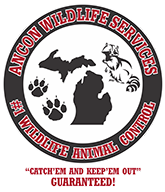


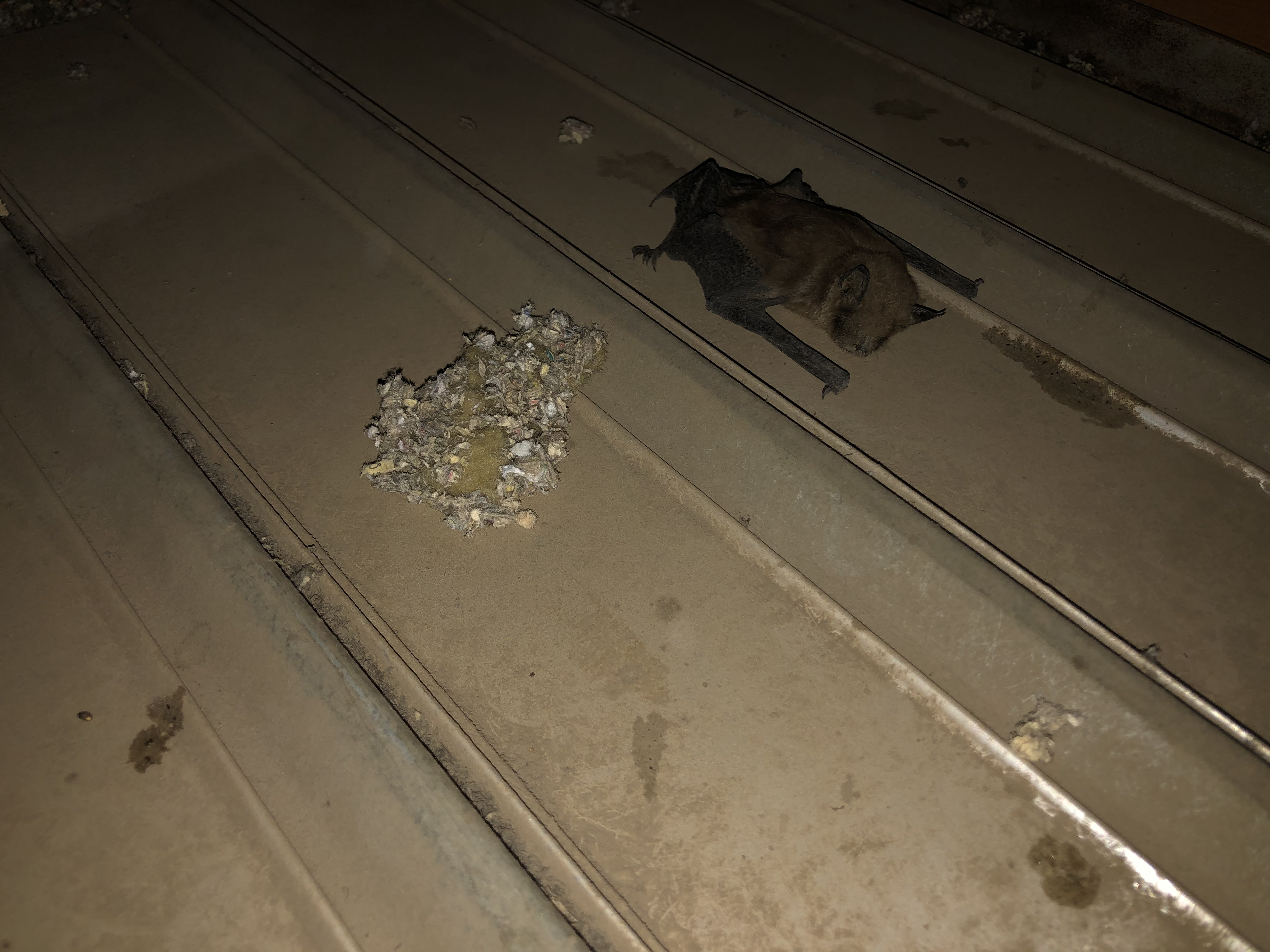
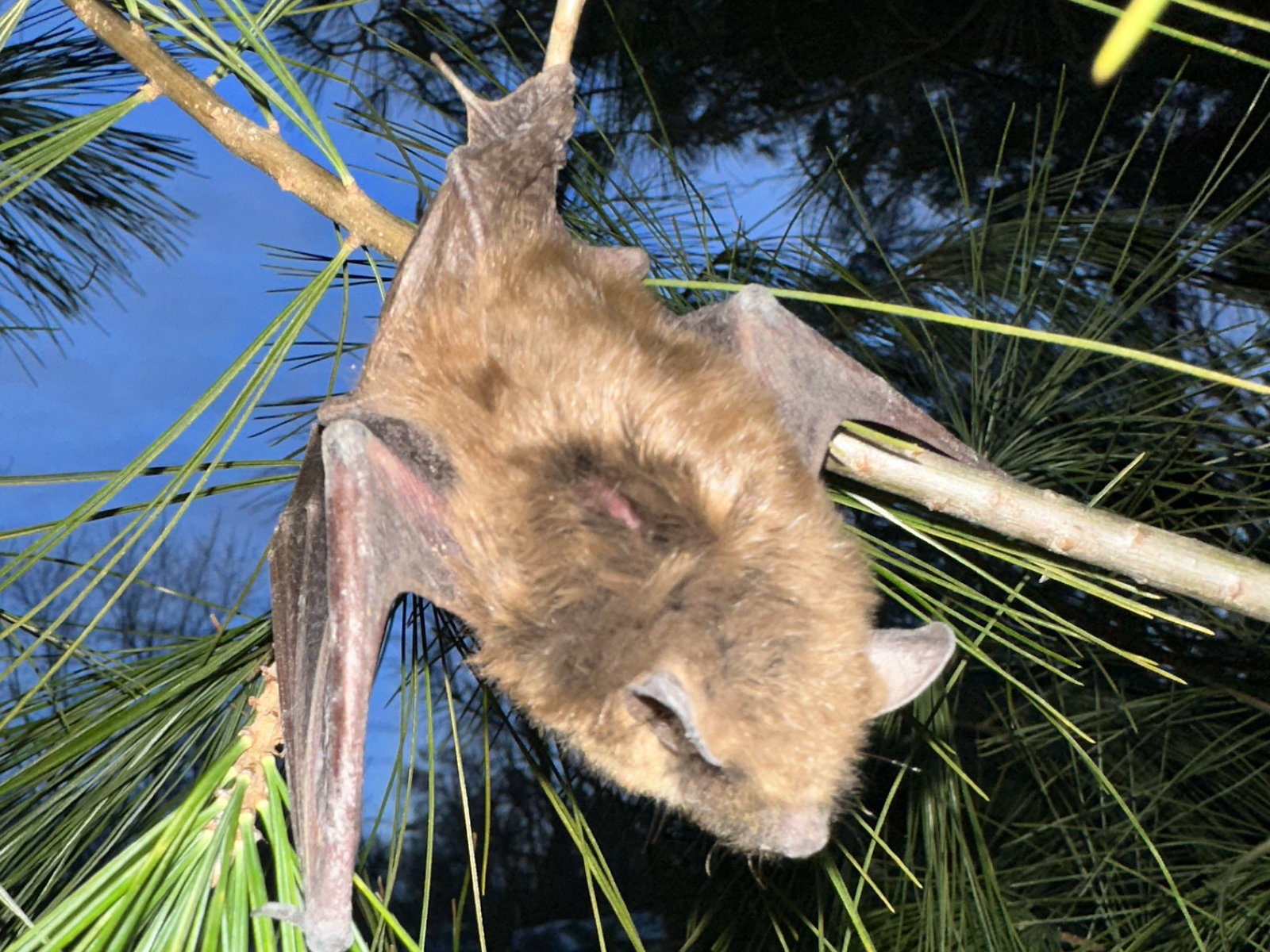
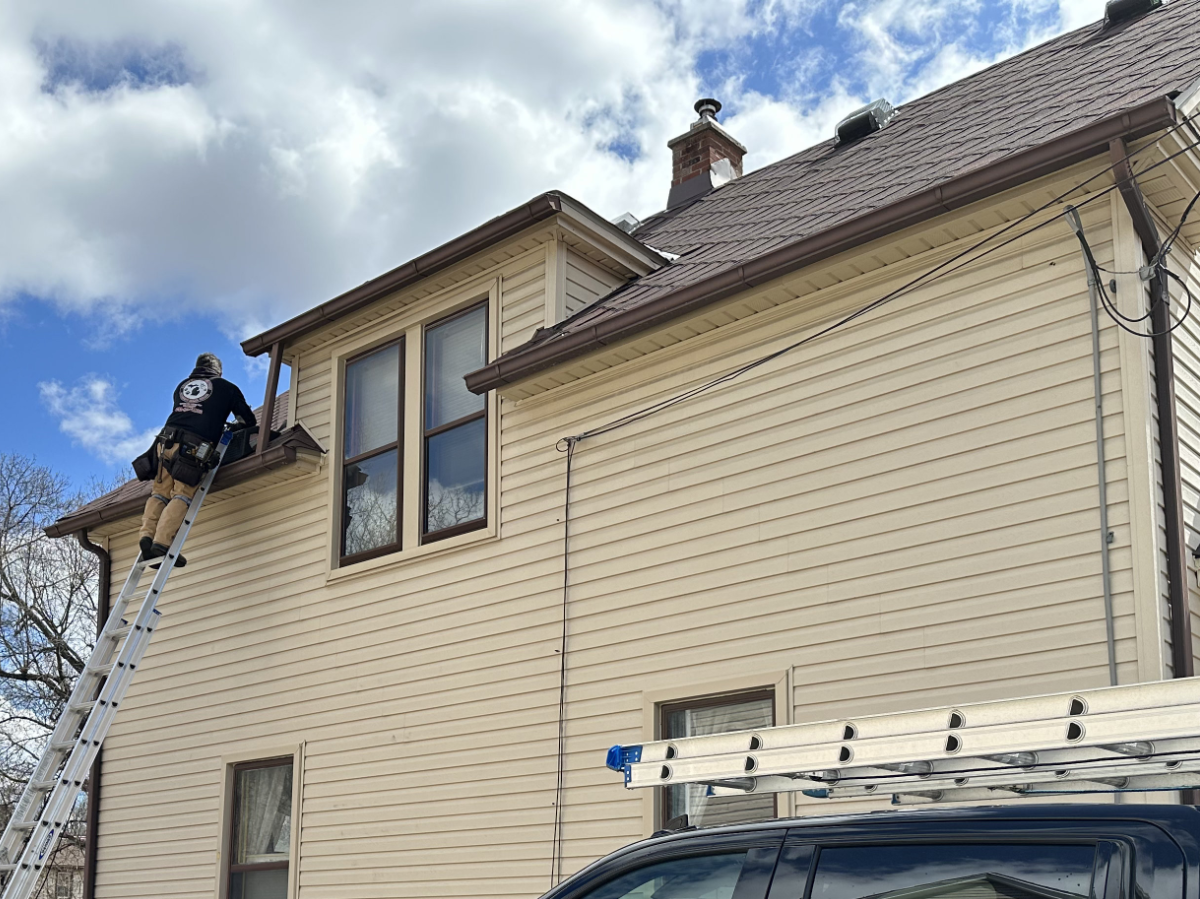
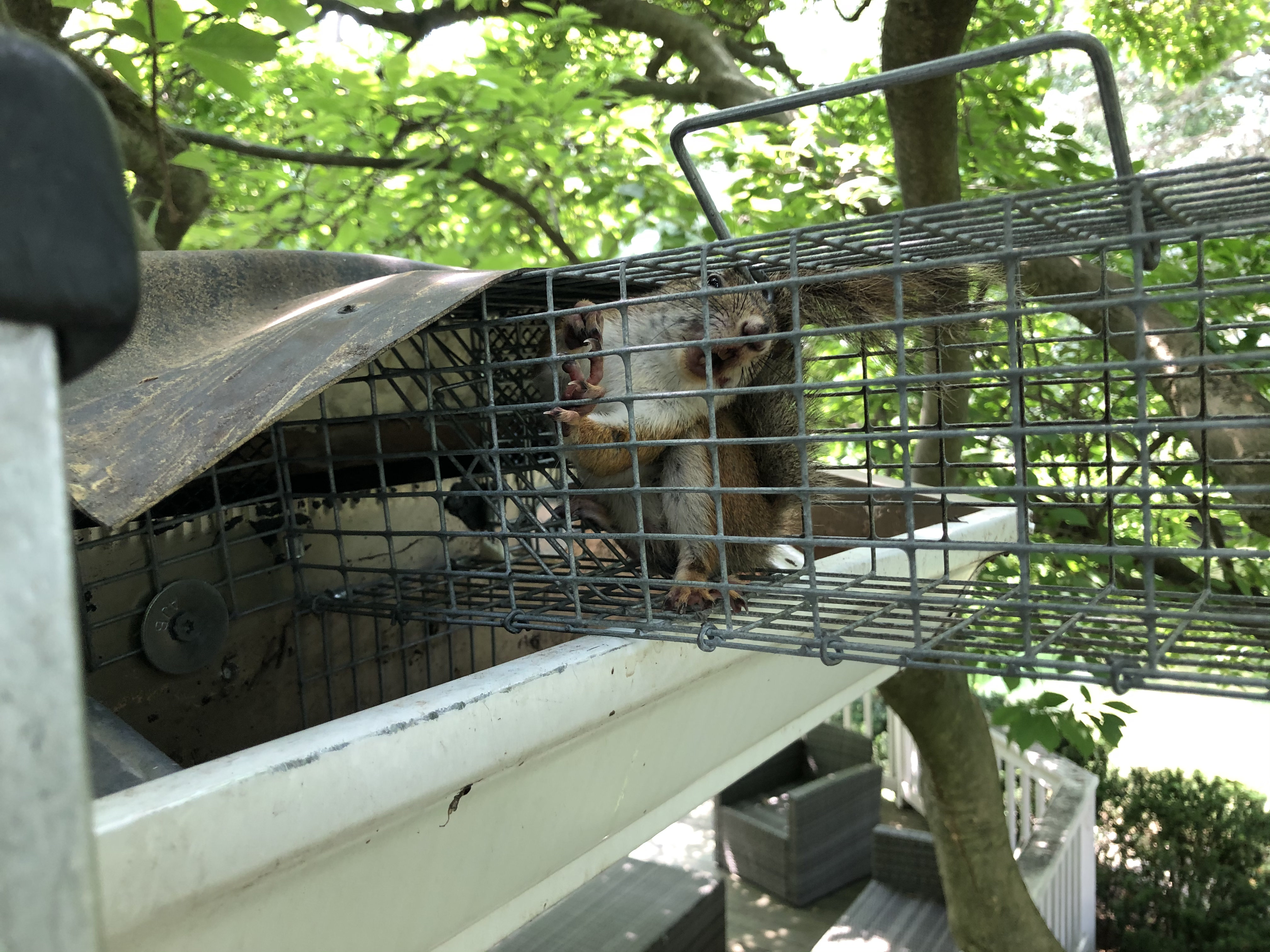
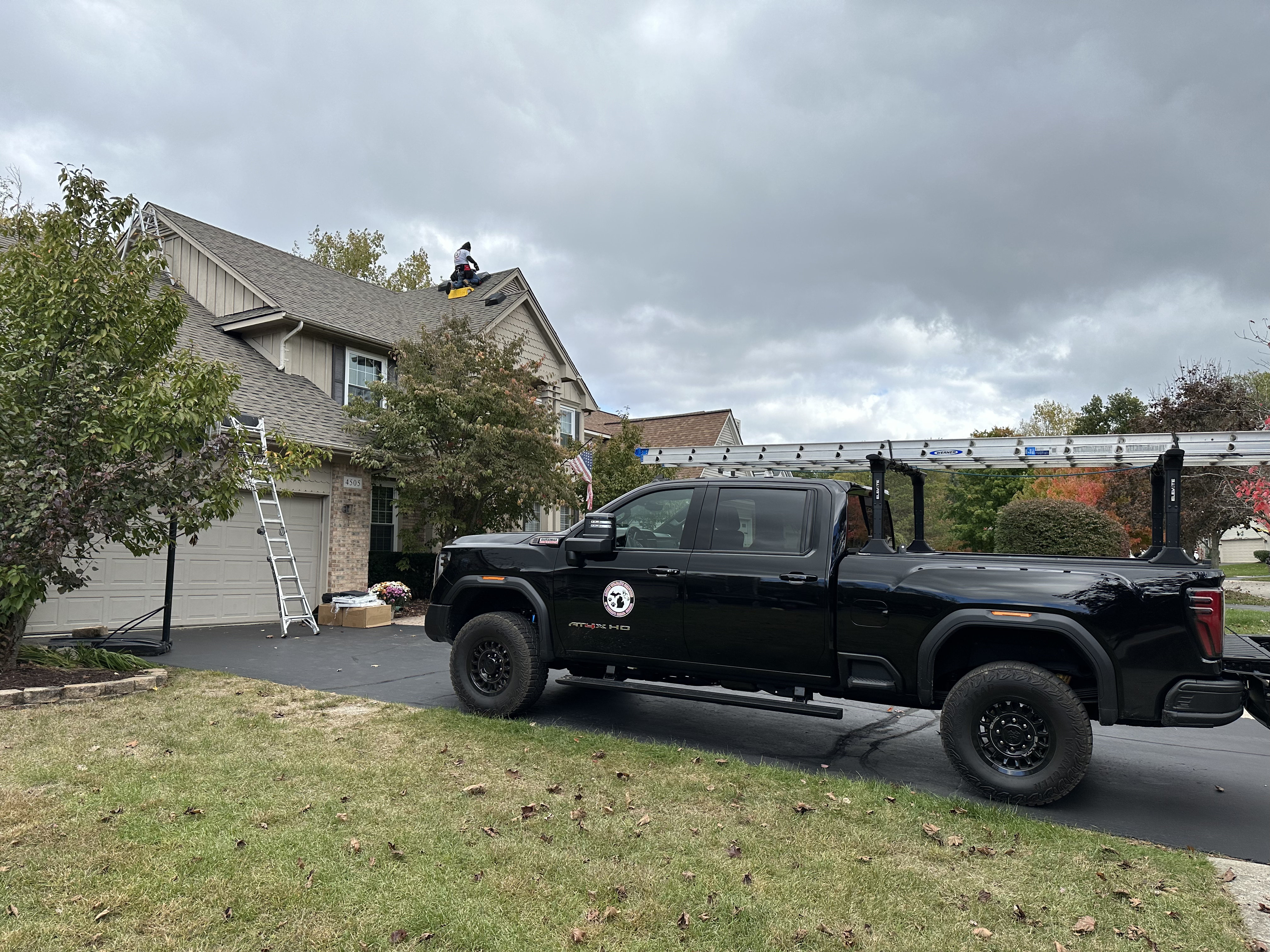

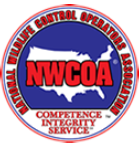

.png) Twitter
Twitter